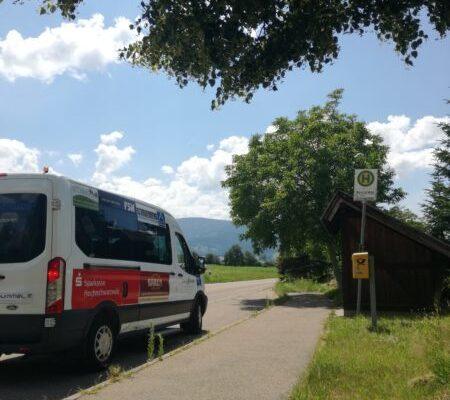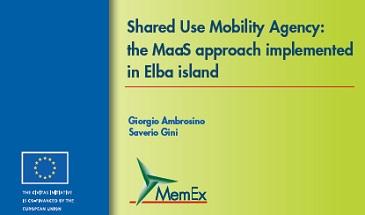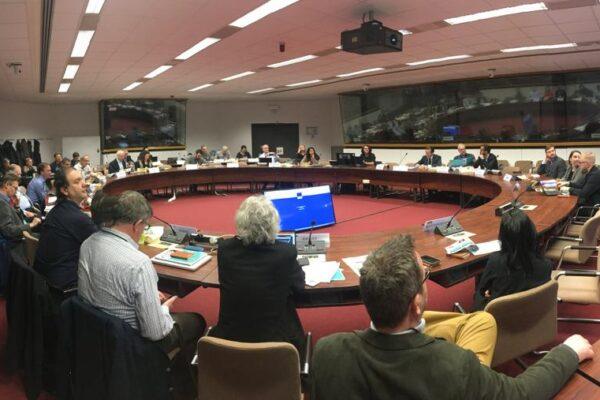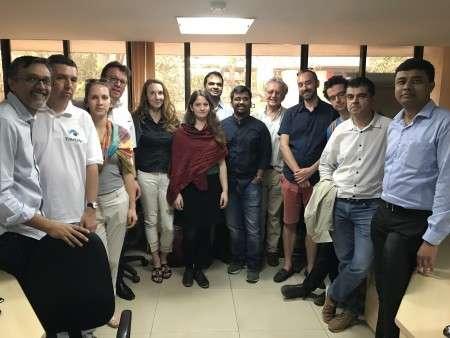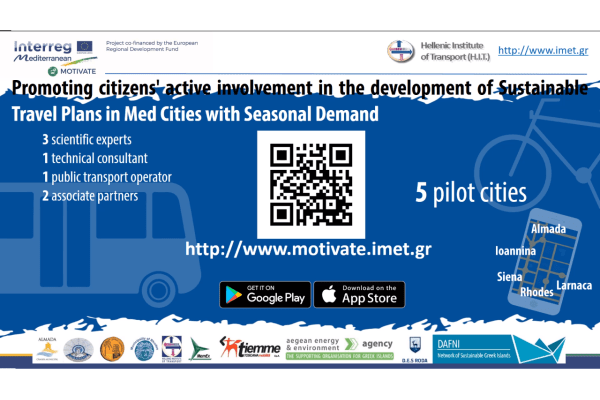

Sustainable Mobility
Public sector authorities often underrate the importance of planning, managing and monitoring private mobility and public transport services in urban areas and throughout the territory, as well as the problems raised by structural interventions on the network. This misconception often leads to the marginalisation of mobility offices or departments and, consequently, to an insufficient allocation of resources in terms of personnel and budget.
It is, instead, of the greatest importance that Public Sector Authorities plan all operations within a single framework with the active involvement of transport operators and relevant stakeholders, as recommended by the guidelines for an integrated plan of action (indicated at European level as Sustainable Urban Mobility Plan or “SUMP”). It is also of the utmost importance that each individual operation is developed as part of an integrated system of mobility management, envisaging the use of specific ICT and ITS for the acquisition of mobility data, for the monitoring, control and management of the urban traffic and mobility, and for users/citizens’ information. It also envisages the combination of green solutions (e.g. extensions of the restricted traffic and pedestrian areas, cycle lanes, traffic lights synchronisation etc.), urban space improvement (dedicated LPT lanes, car parks outside the city centre, changes in the road network etc.) and regulatory interventions (restricted access for cars and scooters, specific hours for goods distribution etc.)
Within this area, MemEx support spans from the definition of the Mobility Plan, in particular the technology plan, to the design, implementation and coordination of the single operations.



